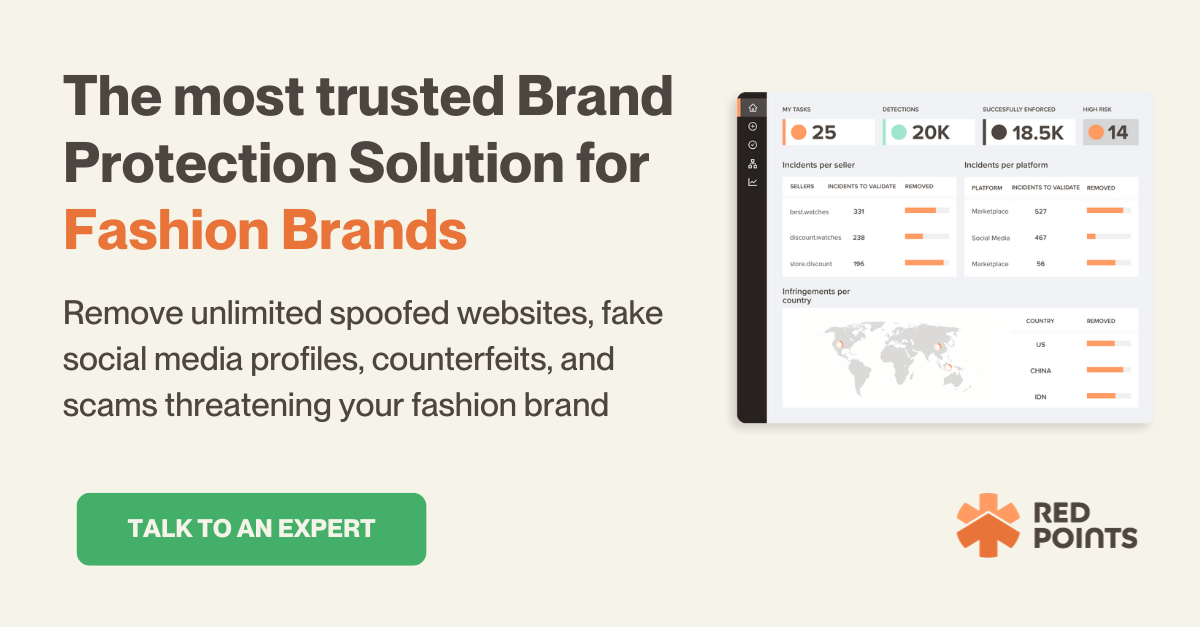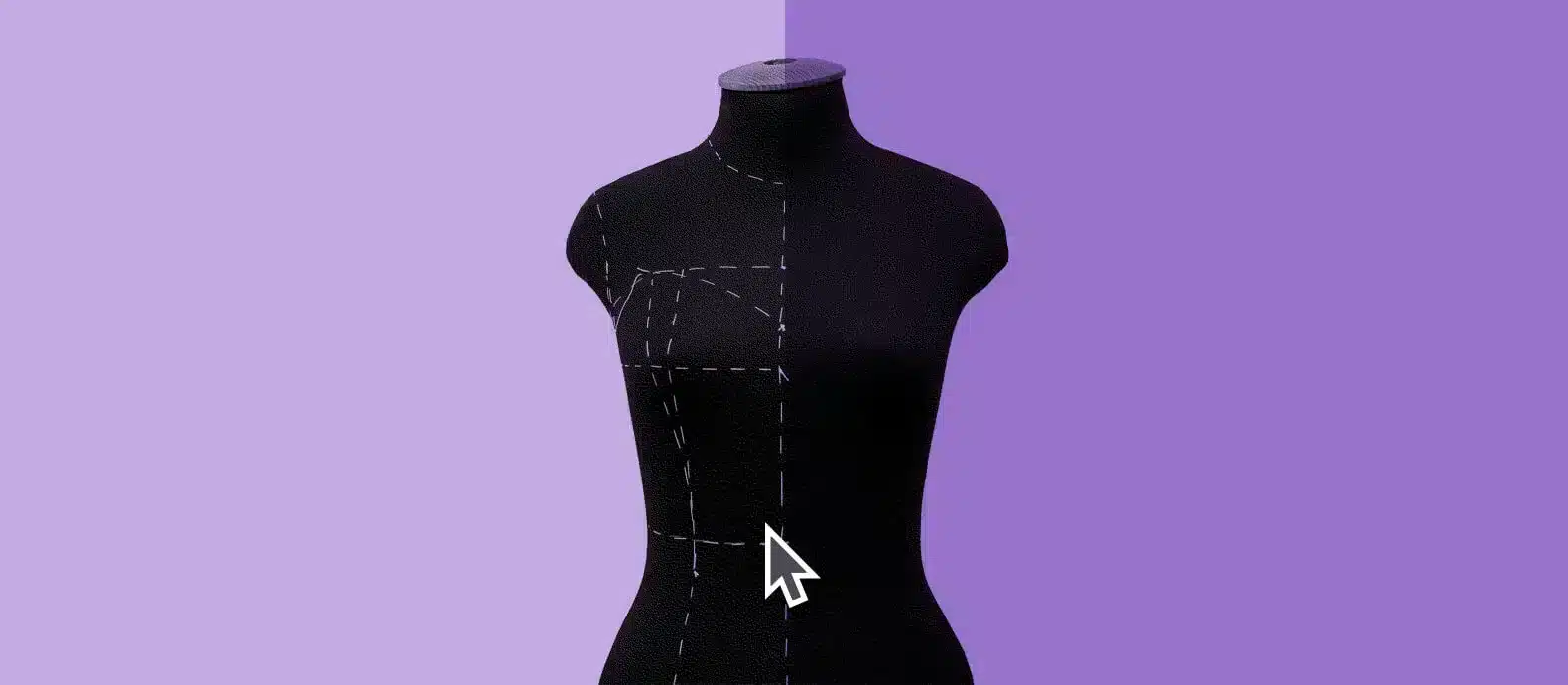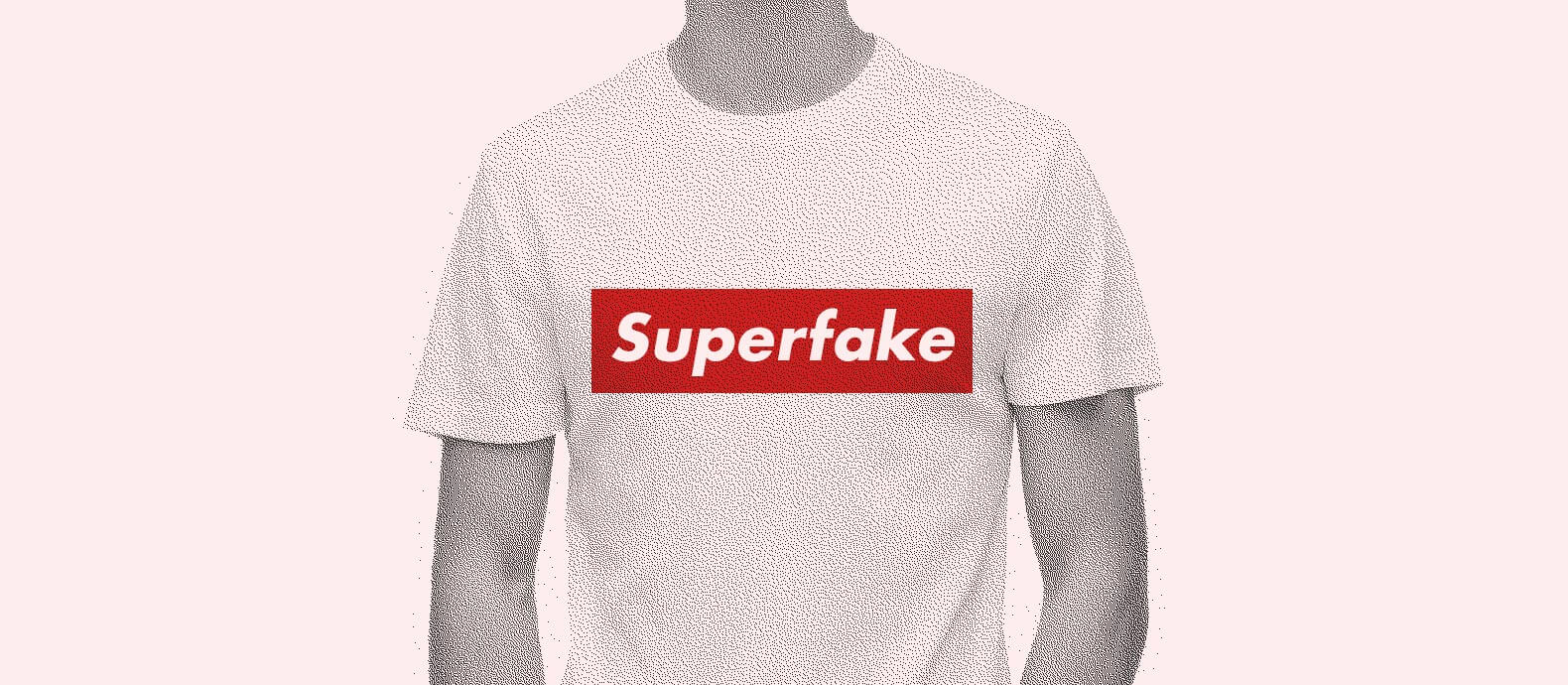The fashion industry is built on creativity, iteration, and collaboration across disciplines. It is a dynamic industry with new trends emerging on a weekly basis. Designers experiment with new styles, patterns, fabrics, and colors to create innovative clothing and accessories.
However, not everyone relies on their own ideas to create. Some steal original designs and reproduce them without authorization in order to make some quick money and take advantage of consumers.
Unfortunately, fashion design piracy is a common problem within the industry. US sales of pirated designs account for around 5% of monetary sales within the whole US fashion market. So, what do you need to know to ensure that you can protect your brand from fashion design piracy?
In this blog, we’ll be exploring the ugly truth about fashion design piracy including:
- What is fashion design piracy?
- The impact of fashion piracy on brands
- How fashion design piracy happens
- Navigating the legal landscape of fashion piracy
- How technology is reshaping the fight against fashion design piracy

What is fashion design piracy?
Fashion design piracy is all about the unauthorized copying and distribution of original fashion designs. Intellectual property law, including the law relating to patents, trademarks, and copyrights, governs how fashion designs can be used, sold, and distributed.
There are a variety of ways that one can commit fashion design piracy. For example, if you reproduced certain print patterns without the permission of the original creator you may be infringing copyright law because you will have pirated the creative elements of a fashion design. Similarly, if you display or sell clothing items that include another brand’s logos then you may be violating their trademarks.
What’s the difference between fashion design piracy and counterfeits?
To put it simply, piracy is about unauthorized copying and distribution of fashion designs whereas counterfeiting is about producing fakes and imitations intended to deceive consumers. With piracy, there is a focus on making an exact copy of the original product design without authorization.
Today, fashion design piracy is arguably being committed by individual bad actors, sophisticated criminal organizations, and international fast fashion businesses. However, many also believe that this generation’s fashion design does not require intellectual property (IP) protection and that, paradoxically, the fashion industry thrives on copying and iteration in a way that cannot be preserved by IP law.
The impact of fashion piracy on brands
- Costs of fighting fashion design pirates
You can defend your IP and fight off fashion design pirates in a variety of ways, many of which will be expensive. For example, the first step you might make to defend your brand is to register your IP at the US Patent and Trademark Office. This costs hundreds and, in some cases, thousands of dollars. If you want to protect your brand overseas you will also have to pay to register your IP rights internationally.
If you then want to defend your IP rights in court you may have to incur the cost of a lengthy and complex legal battle. While you may be able to recover money if you are successful, pursuing fashion design pirates on your own via the courts is rarely cheap. Legal costs will divert money away from your normal operations and jeopardize your ability to invest in the creative side of your business.
- Loss of revenue
The immediate impact of fashion piracy is that consumers will buy pirated products rather than yours. This will result in a drop in revenue which will have a significant impact on your business, especially if you are a small fashion brand. As consumers buy somewhere else, there will be an immediate loss of revenue and damage to your ability to earn profit in the future.
- Loss of brand value and consumer confusion
Fashion piracy will also dilute the value of your brand. If consumers can purchase identical fashion designs from another business, then why is your brand special?
If you are not able to offer value through exclusively creative designs you will have to focus on convenience and competitive price offerings. Ultimately, piracy will disrupt your relationship with consumers and limit your ability to generate customer loyalty through creative designs alone.
- Increased need for marketing
Fashion piracy may also lead brands to invest more in marketing. A sustained and targeted marketing campaign focussed on combating fashion piracy may be required to ensure that consumers don’t become disconnected from your brand.
This unexpected investment in marketing may disrupt your business strategy and financially burden your business. However, for some businesses, the alternative will be worse. By boosting your brand identity via a robust marketing campaign you may be able to combat the efforts of pirates.
Small vs. Large Brands
Not all fashion brands feel the impact of piracy in the same way. Here are a few differences between the way piracy affects small and large fashion brands:
- While large brands are more likely to be targeted they are also more equipped to handle piracy threats. Small brands that have their designs reproduced and sold by large businesses, or by coordinated scammers, will rarely have the resources required to fight these kinds of threats.
- Consumers may inadvertently buy pirated versions of designs by small brands without knowing there is an original version. This silent erosion in the market stems from the fact that small brands often lack recognizability. On the other hand, when someone creates pirated versions of Louboutin’s famous red-soled shoes, many consumers will be aware that they are not the real thing and the market value of the legitimate shoes will not suffer.
How fashion design piracy happens
Fashion design piracy has become increasingly prevalent in recent years as the digital world has expanded and become more sophisticated. Marketplaces and social media platforms have become useful tools for digital scammers in two ways: to discover fashion designs to pirate and to effectively market/sell their pirated products to a wide consumer base.
Today, fashion design piracy is facilitated by the online world and happens at great speed. A designer can upload an original design to their social media account and by the end of the week they might stumble across a pirated version of their design on a fast fashion website or third-party marketplace.
Navigating the legal landscape of fashion piracy
The legal landscape of fashion piracy is complex and involves a variety of different intellectual property rights. Below we’ve outlined a few of the key intellectual property rights and how they intersect with fashion piracy.
- Copyright
For many years, loopholes in copyright laws in the US have allowed fast fashion brands to reproduce and profit from designs that are practically identical to the designs of other brands.
For example, current US copyright law only protects original prints or graphics and not the actual fashion designs. This means that bad actors can financially exploit the designs of other fashion brands without suffering any legal consequences under IP law. The legal landscape is notoriously complex as legislators try to balance the interests of designers and brands (creatively and financially) with the interests of consumers.
- Trademark
Trademarks are badges of origin such as logos, slogans, and signs that distinguish the goods of one trader from another. Brand logos and signs are incredibly important in the fashion industry and have a great influence on purchasing decisions.
While fashion logos, names, and slogans are capable of being trademarked, actual clothing and accessory designs are not eligible for trademark protection. Fashion pirates contravene trademark law when they reproduce and sell items bearing logos, signs, and names that have been trademarked by another brand.
- Patent
Patents are all about technical innovations. While they may not seem to obviously relate to the world of fashion, they do play a significant role. For example, technical innovations to do with fabrics and cuts can put a fashion business ahead of the competition.
A patent grants the designer a legal right to own a novel idea. If someone makes use of this novel idea without authorization of the patent owner they will have violated IP law. Individuals or businesses that used patented ideas and techniques to reproduce fashion items may be guilty of fashion design piracy
So, how do you protect your fashion designs? Here are a few legal strategies to consider:
- Register your intellectual property
The first, and most vital, step you can take to protect your fashion designs is to register with the relevant intellectual property office. In the US, the US Copyright Office and the US Patent and Trademark Office are the official federal agencies capable of granting copyrights, patents, and trademarks for your fashion designs, ideas, and processes.
Once you have registered your IP rights you will be able to assert your rights in any reporting process and defend your brand via robust legal action.
- Send a cease and desist letter to potential infringers
You can also protect brands from fashion design piracy by sending cease and desist letters to individuals and businesses that are violating your IP rights.
A cease and desist letter is a pre-action legal tool that will allow you to assert your IP rights and state the ways in which you believe the infringing party may be violating your fashion design IP.
- Contact the relevant authorities
Another legal route you can take is to report the potentially infringing activity to the relevant government authority. Intellectual Property crimes can be reported to the Department of Justice.
While this is not an effective strategy to deal with large-scale infringing activity it may be useful for isolated cases. Remember to include all relevant information in your reporting including evidence of the infringement and your ownership of the IP.
How technology is reshaping the fight against fashion design piracy
While new technologies, like artificial intelligence (AI), are changing the creative side of things in the fashion world, they are also helping to reshape the fight against piracy in the fashion industry.
For example, AI is being used to detect incidents of design piracy and counterfeiting for online fashion. AI programs can analyze data such as images, videos, and texts and find instances of reproduction and piracy much faster than any human counterpart could hope to achieve. By making the process speedier and more accurate, technology like AI is empowering fashion designers of all sizes to protect their original clothing and accessory designs from digital pirates.
Red Points’ Brand Protection Solution for Fashion Brands is a first-class technology platform that allows brands to find and remove pirated fashion content. With an enforcement success rate of 94.3% and 1 million infringements taken down in a single year, our solution is tailor-made to ensure fashion brands can mitigate the growing impact of design piracy. Here’s how it works:
- Set up
Prepare to tackle digital pirates with our onboarding and configuration process. Get to know the platform, how it works, and which elements you can use to your advantage. Upload your IP rights and implement automation rules to ensure you start protecting your fashion brand as efficiently as possible.
- Confirm
Use our machine-learning algorithms to find new listings and suspicious products across marketplaces, social media, and third-party websites. Confirm whether or not they contain IP infringements and whether they constitute design piracy.
You will also have the ability to review complex cases within the platform or delegate this process to our Managed Services team for expert assistance.
- Remove
Last year we enforced $353 million worth of infringing listings. Our solution achieves this by precisely and efficiently asking marketplaces and other sites to take down pirated content.
After we remove these fashion design pirates on your behalf you will be able to learn about repeat infringers, identify high-priority regions and sectors, and measure the economic impact of your brand protection coverage.
What’s next
Fashion design piracy is an urgent issue that you need to address as soon as possible if you want to protect your fashion brand. A proactive approach to piracy will put you in the best position to fight scammers and protect your products and customers.
One of the best ways to prepare to fight modern fashion design piracy is to start using an automated brand protection solution equipped with the latest technology. If you stay informed and you arm your brand with the best solution on the market you will be able to efficiently track and takedown digital pirates.
To learn more about how you can protect your fashion brand from design piracy, request a demo here.









